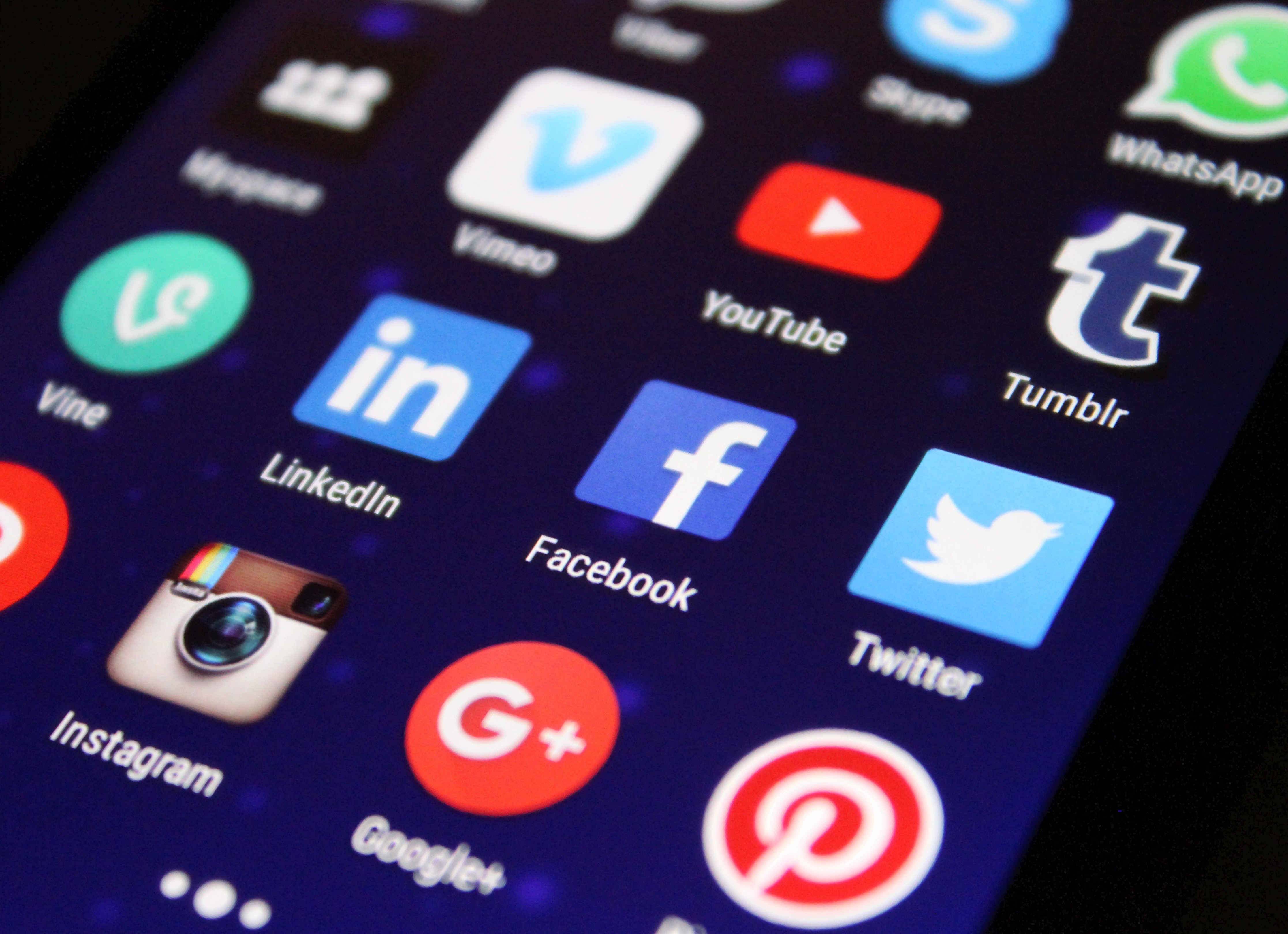Social media: A new tool in the doctor’s bag?
When you Google your doctor’s name, have you ever considered that your doctor could be Googling yours too? A survey at a major urban medical center found that, although most doctors do not regularly Google their patients, 93 percent of the psychiatrists surveyed had Googled at least one patient. The most commonly reported reasons were “patient care” and “curiosity.”
As this study suggests, information on the internet could possibly provide useful information about patients. There are already publications about social media searches positively affecting medical care. One case described a 13-year-old girl who was brought to the emergency department after her parents found posts discussing suicide on her Facebook page. The physician then diagnosed the girl as a suicide risk based on her statements and the Facebook posts.
Another paper discussed an emergency response training exercise that compared a team with access to Twitter and Facebook versus a conventional no-media team. The team with social media access responded to mock casualties significantly quicker than the conventional response team.

The use of social media postings for healthcare is already occurring in isolated scenarios, and it will likely grow faster for populations that use social media heavily.
As a medical student going into pediatrics, these reports made me think of my future patient population. I’ve seen teenagers at their pediatrician’s office for well visits, in the emergency room for accidents, and in hospital beds for serious treatment; the one thing they all had in common was a smartphone in their face. Frequently, they were scrolling through Facebook, Instagram, or some other social media website, posting updates on their every move and emotion.
Two colleagues and I recently wrote an article encouraging primary care doctors to discuss social media habits with their adolescent patients. This is important as adolescents may become addicted to social media or find themselves involved in high-risk activities such as cyberbullying or communication with sexual predators. Moreover, we believe a physician cannot thoroughly assess a teenager’s social health without inquiring about their internet habits.
At first, many of us might consider a physician viewing their social media page as a privacy violation. However, 70 percent of employers look up social media pages to screen applicants, 35 percent of college admission officers have looked up applicants’ social media pages, and it’s hard to argue that anything posted on a global interface can ever be considered “private.” The question at hand should not be privacy per se, but clinical appropriateness.
Not every tool in the physician’s toolbox is appropriate for use all the time. I anticipate viewing patients’ social media pages to work the same way. Not every patient will warrant it, but it may be a useful tool in certain situations. As with all diagnostic tools, the decision to use will require balancing the positives and negatives.
For example, the possible inaccuracy and exaggeration of online posts may distort the physician’s assessment; therefore, the potential benefit of viewing their online presence would need to outweigh the consequences of finding inaccurate information.
There are too many unresolved concerns to recommend that physicians routinely incorporate viewing patients’ social media pages in their history and physical. There is still too little research on its effects, there are no guidelines on which sites are best to search, and there are no standards regarding physician liability or consent for minors.
However, we should support future research of this practice to answer these questions and establish regulations that encourage innovative and holistic care.
-By Danielle Clark, fourth-year medical student at Baylor College of Medicine



